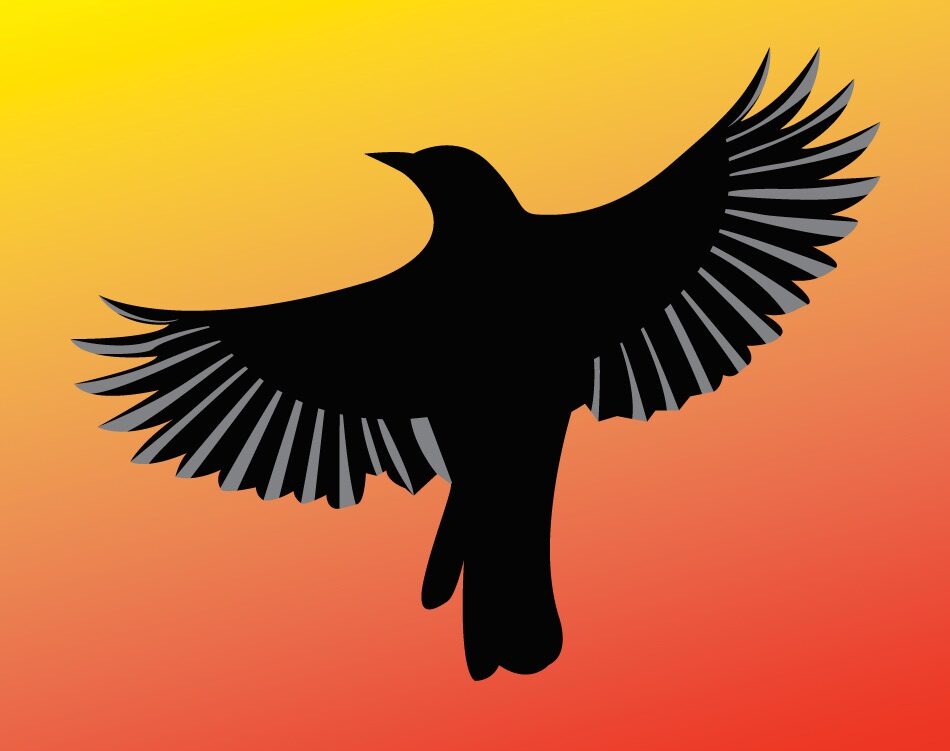Interview: Stefon Mears on “The Fennigsan’s Challenge”
“The Fennigsan’s Challenge” is in Innocence and Deceit, the second volume in the Ever After Fairy Tales anthology series. Enter the magical, unpredictable, wonderful world of fairy tales! Meet Stefon Mears! Stefon began reading with children’s versions of Greek and Norse myths, and quickly graduated to authors like Tolkein and Moorcock, and then to playing…
